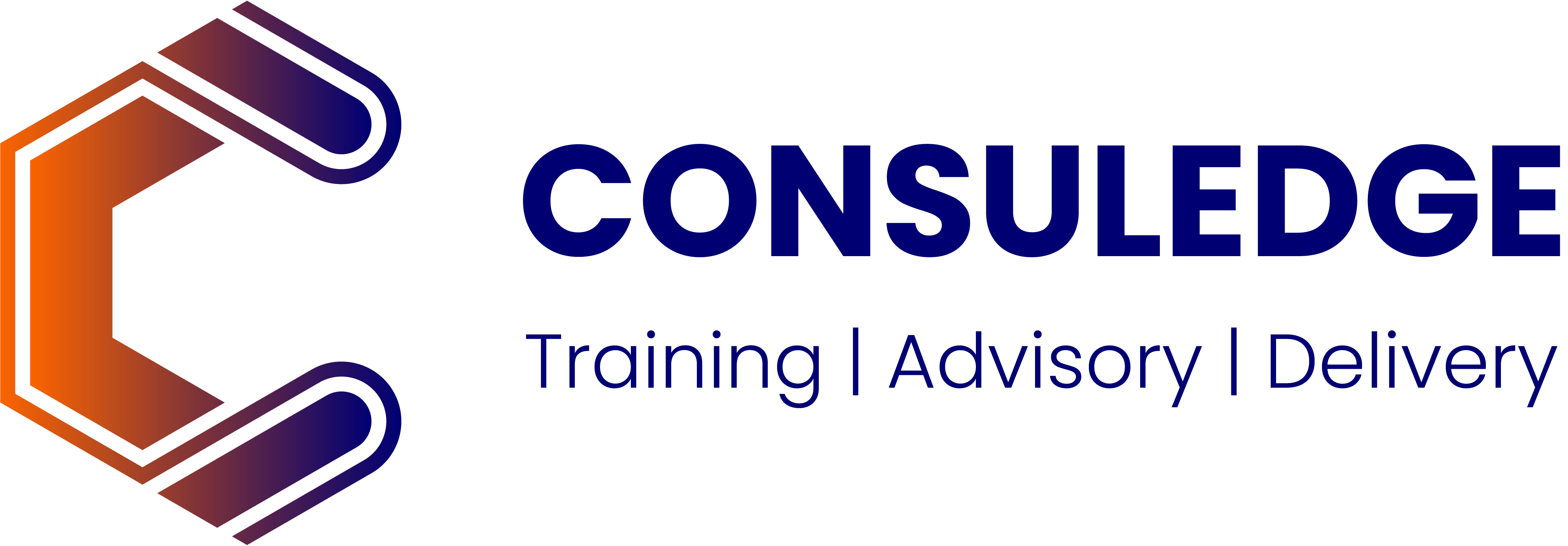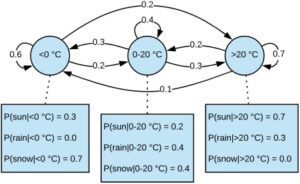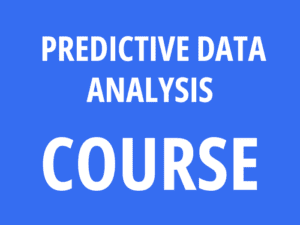Separating clusters of dots on a page when only a few are labelled requires precision. Transductive Support Vector Machines (TSVMs) do just that: they combine labelled and unlabelled data to find the best classification boundary, optimizing for the current dataset.
A Brief History of Transductive Support Vector Machines
TSVMs evolved from Support Vector Machines (SVMs), developed by Vladimir Vapnik in the 1990s. While SVMs excel at supervised learning, they fall short when labelled data is scarce. To address this, TSVMs were created to optimize classification by leveraging unlabelled data. Today, TSVMs are widely used in fields like text categorization, speech recognition, and medical diagnostics.
What Is It?
Transductive Support Vector Machines are machine learning algorithms that use both labelled and unlabelled data to improve classification accuracy. Unlike traditional SVMs, which generalize for future predictions, TSVMs optimize performance for the given dataset, making them ideal for domain-specific applications.

Why Is It Being Used? What Challenges Are Being Addressed?
TSVMs tackle key challenges:
- Scarcity of Labelled Data: Reduces dependency on expensive, labour-intensive data annotation.
- Utilizing Unlabelled Data: Maximizes the value of freely available unlabelled datasets.
- Dataset-Specific Optimization: Focuses on improving results for the current dataset instead of generalizing.
These features make TSVMs indispensable for industries requiring high accuracy despite limited labelled data.
How Is It Being Used?
To use TSVMs:
- Train an initial model using labelled data to define a classification boundary.
- Refine the model by incorporating unlabelled data to minimize misclassifications.
- Validate the final model for accuracy and reliability.
This stepwise process ensures robust performance across mixed datasets.
Different Types
TSVMs can be categorized based on:
- Optimization Techniques: Includes gradient descent and iterative refinement methods.
- Kernel Functions: Options such as linear, polynomial, and radial basis functions (RBF) to define decision boundaries.
Different Features
- Localized Optimization: TSVMs excel at fine-tuning models for specific datasets.
- Labelled and Unlabelled Data Integration: Combines data types to enhance model accuracy.
- Versatility Across Fields: Useful in healthcare, cybersecurity, and geospatial analysis.
Different Software and Tools for It
TSVMs can be implemented using:
- Python: Scikit-learn, LIBSVM, and PyTorch libraries.
- R: Packages such as “kernlab” and “e1071.”
- MATLAB: Machine learning toolboxes for advanced modelling.
Three Industry Applications in Australian Governmental Agencies
- Healthcare Analytics: Classifying patient records with minimal labelled data to detect diseases early.
- Cybersecurity: Identifying unusual patterns in network traffic using a mix of labelled and unlabelled data.
- Environmental Monitoring: Analyzing satellite imagery to classify land use with limited labelled datasets.
How interested are you in uncovering even more about this topic? Our next article dives deeper into [insert next topic], unravelling insights you won’t want to miss. Stay curious and take the next step with us!








